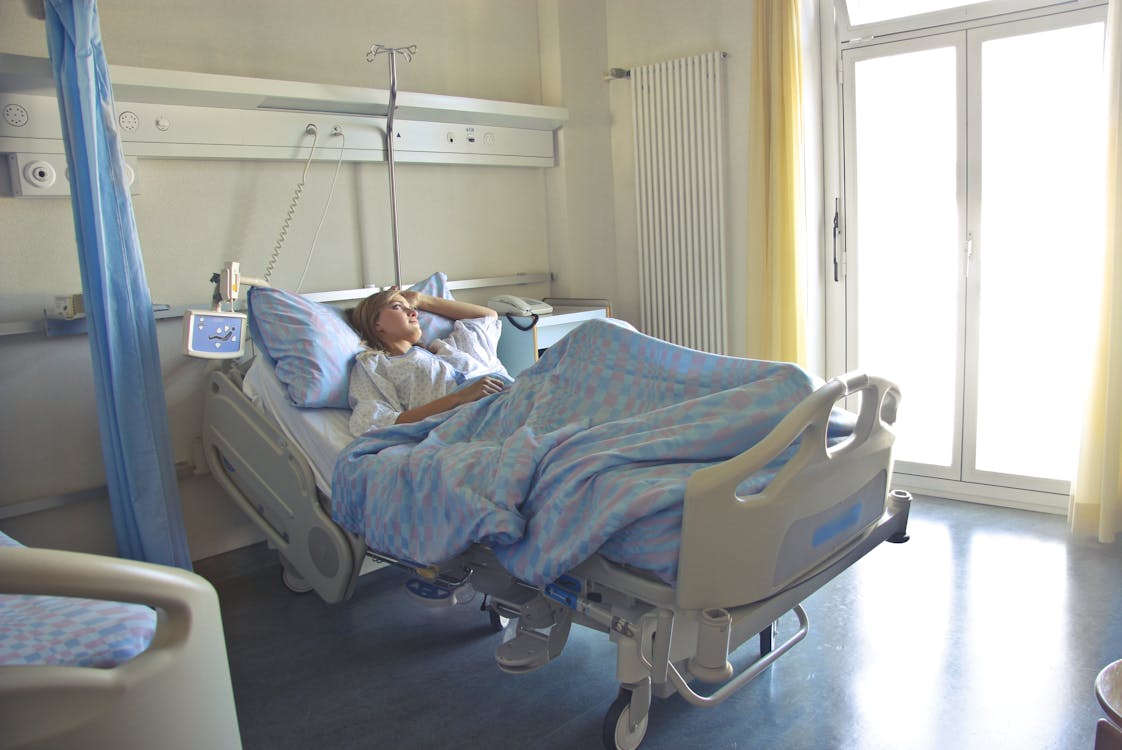Everything You Need to Know About Fungal Meningitis
Fungal meningitis is a rare but serious infection that affects the protective membranes covering the brain and spinal cord, known as the meninges. Understanding this condition is crucial for early diagnosis and effective treatment. In this blog, we will delve into what fungal meningitis is, its causes, symptoms, diagnosis, treatment options, and preventive measures.

What is Fungal Meningitis?
Fungal meningitis is an infection caused by fungi that enter the bloodstream and spread to the brain and spinal cord. Unlike viral or bacterial meningitis, fungal meningitis is not contagious and typically occurs in people with weakened immune systems, such as those with HIV/AIDS, cancer, or diabetes.
Causes of Fungal Meningitis
Several types of fungi can cause fungal meningitis, including:
- Cryptococcus: This is the most common cause, particularly in people with HIV/AIDS.
- Histoplasma: Found in environments contaminated with bird or bat droppings, this fungus can cause meningitis when inhaled.
- Blastomyces: This fungus lives in moist soil and decaying organic matter.
- Coccidioides: Found in the soil of specific regions, such as the southwestern United States and parts of Central and South America, it can cause a serious lung infection that may spread to the brain.
- Candida: This yeast, commonly associated with infections like thrush, can also cause meningitis in immunocompromised individuals.
Symptoms of Fungal Meningitis
The symptoms of fungal meningitis can develop slowly over several weeks and may include:
- Headache
- Fever
- Stiff neck
- Nausea and vomiting
- Sensitivity to light (photophobia)
- Altered mental status (confusion or seizures)
These symptoms can resemble those of other types of meningitis, making diagnosis challenging without specific testing.
Diagnosis
Diagnosing fungal meningitis involves a combination of clinical evaluation and laboratory tests. Key diagnostic procedures include:
- Lumbar Puncture (Spinal Tap): This procedure involves collecting cerebrospinal fluid (CSF) from the lower back to check for signs of infection.
- CSF Analysis: Laboratory tests on the CSF can detect fungi and measure glucose and protein levels.
- Imaging Tests: MRI or CT scans can help identify inflammation or abnormalities in the brain.
- Blood Tests: These can identify fungal organisms and assess the overall health of the patient.
Treatment
Treatment for fungal meningitis typically involves antifungal medications, which may be administered orally or intravenously, depending on the severity of the infection. Common antifungal drugs include:
- Amphotericin B: Often used as the initial treatment for severe infections.
- Fluconazole: Used for less severe cases and for long-term maintenance therapy.
- Itraconazole or Voriconazole: These are alternative antifungal agents that may be used based on the specific type of fungus.
The treatment duration can vary from several weeks to months, and in some cases, long-term therapy may be necessary to prevent relapse.
Prevention
Preventing fungal meningitis involves reducing exposure to environments where pathogenic fungi are commonly found. Here are some preventive measures:
- Avoid Exposure: Limit exposure to areas with high levels of bird or bat droppings, especially if you have a weakened immune system.
- Protective Equipment: Use masks and protective clothing when working in environments where soil disruption is likely.
- Healthy Lifestyle: Maintain a healthy immune system through proper nutrition, regular exercise, and managing underlying health conditions.
Conclusion
Fungal meningitis is a serious condition that requires prompt medical attention. Understanding its causes, symptoms, and treatment options can help in early diagnosis and effective management. If you suspect you or someone you know may have fungal meningitis, seek medical advice immediately. Early intervention is crucial for a better prognosis.

 Cricket Score Counter
Cricket Score Counter Heads or Tails
Heads or Tails
You have not logged in, please Login to comment.